Physical therapy & occupational therapy
Your doctor may recommend that you start a program of therapy with a specialist and can advise on how often you go. Strengthening and endurance exercises, along with yoga, can improve balance and mobility in affected areas of the body, as well as help maintain range of motion in those same areas.





